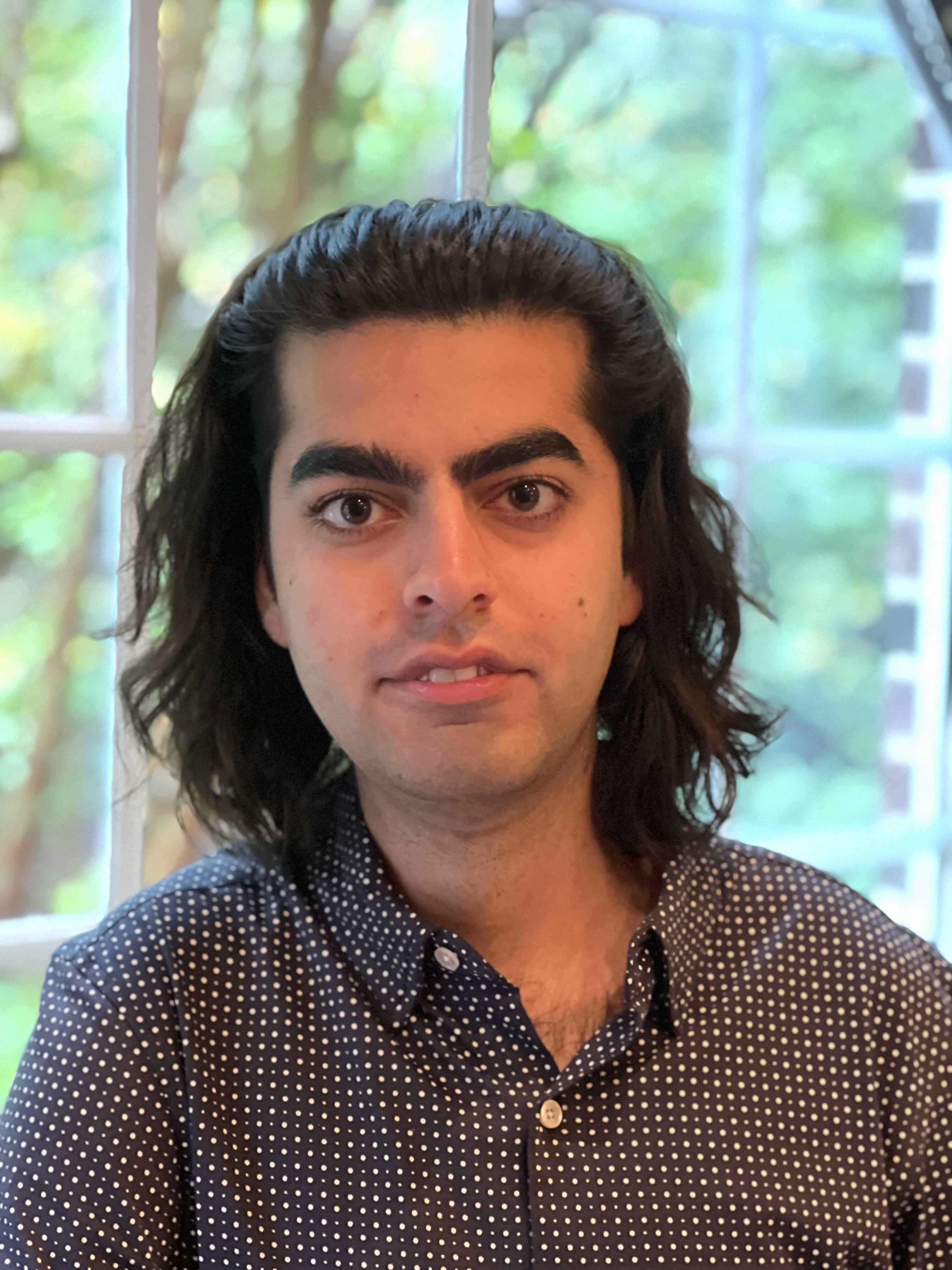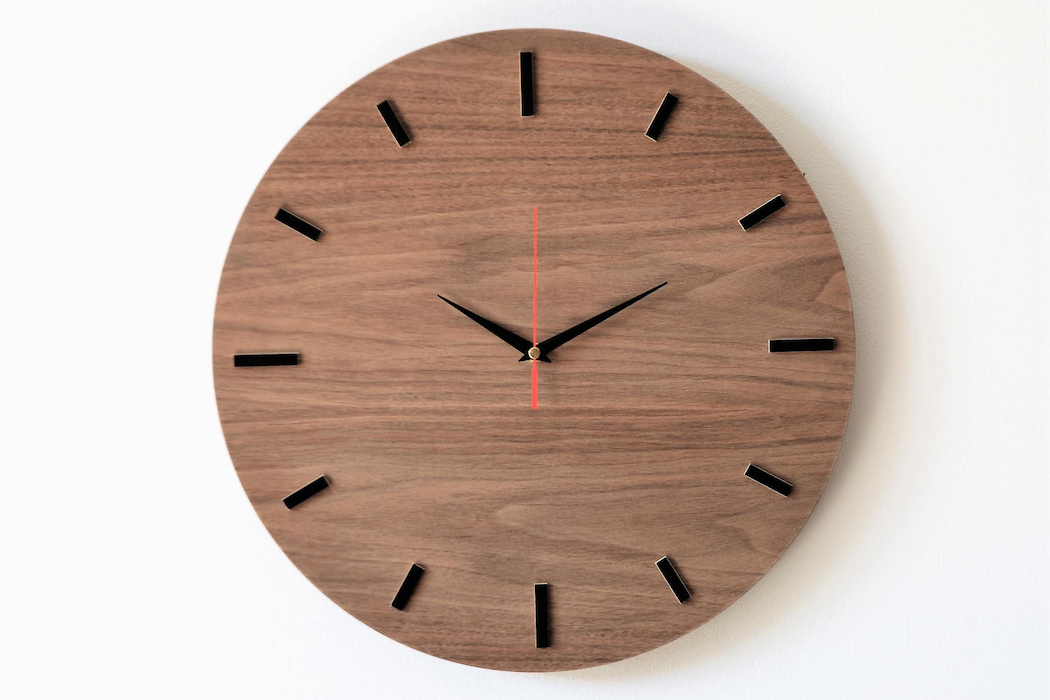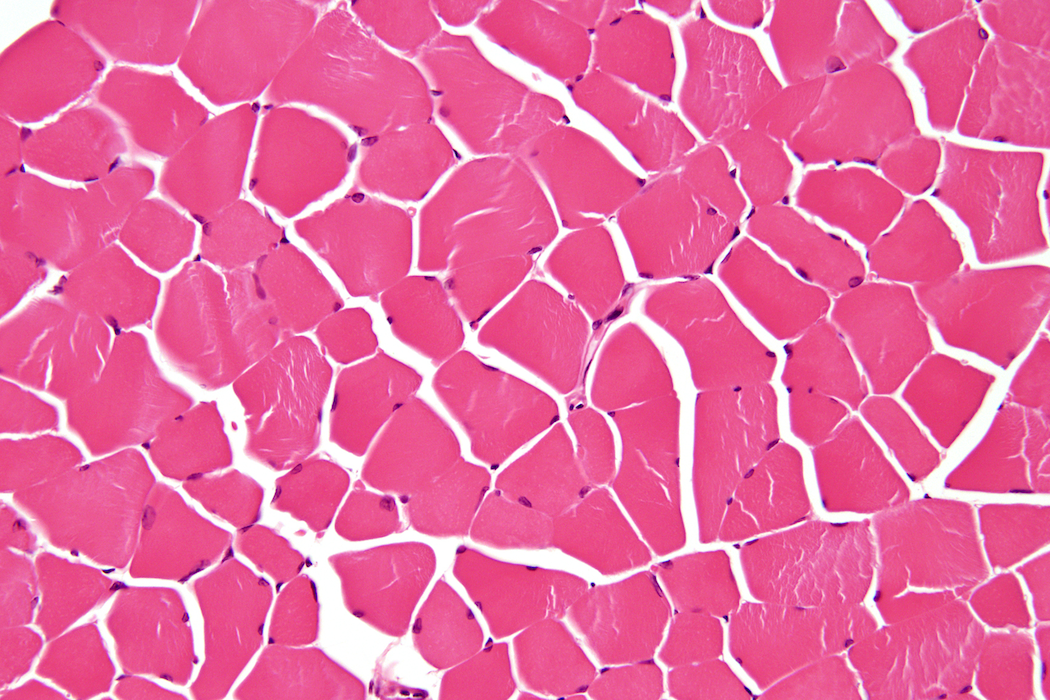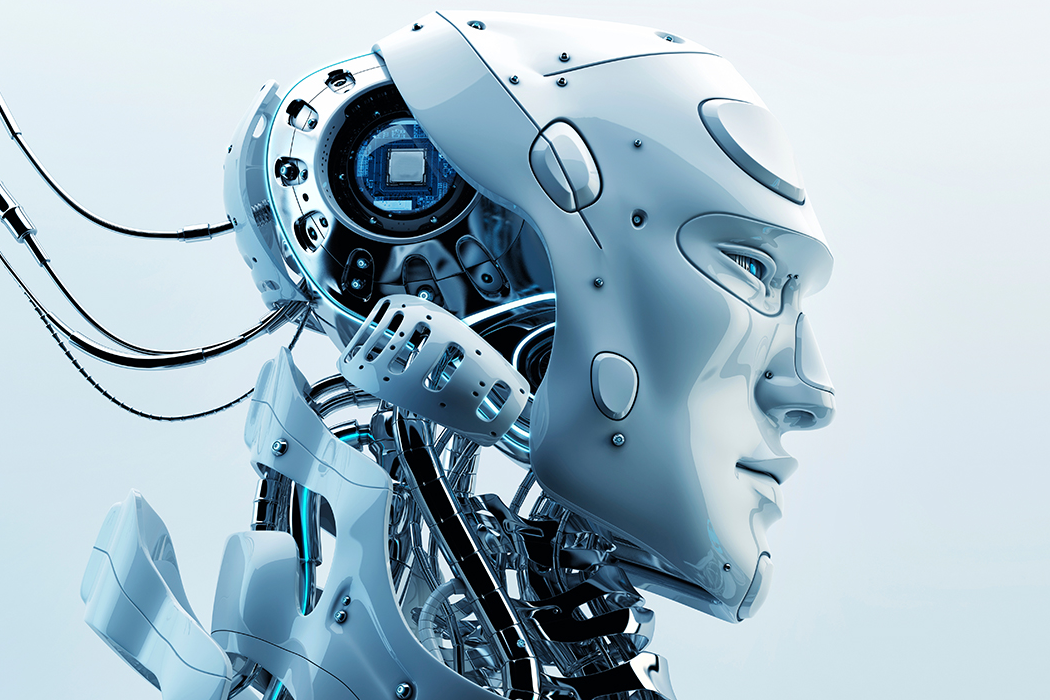
Prithu Pareek
Even though I knew there are many people in the world without access to food, it never struck me that there could be such a large population of those people in the DC area.
This past summer I volunteered at Martha’s Table, a non-profit, charity and volunteer center in Washington, DC. Their mission is to “build a better future through healthy food, affordable clothing, and quality education.” While I was there, I was in charge of managing a market which was open to anyone who needed it to come in once a month and get groceries. My various jobs included assisting the customers with their shopping and maintaining the stock in the market.

Over time, as I volunteered, I began to realize a few similarities in the people that came to the market. Regarding race, I would say that most, if not all, of the people, were either African or Hispanic Americans. Within that racial subset, the people who came were either elderly, suffered from some sort of disability or illness, or were mothers with young children. While I had heard about the institutionalized racism and segregation in the US, I had not realized that of the people living in poverty in DC, a significant portion was African American, while there was a minimal number of white Americans at this socioeconomic level.
During my volunteer work, I noticed a few patterns in the types of people that would come in for food. Most of them were either elderly, ill, or both. As a result of the prohibitive health care costs, and a social security system struggling to keep up with the country’s demands middle-class people can be pushed into poverty because of the costs they incur after an accident or illness.

While I interacted with many customers every day, one stood out to me more than the others. One day, a person came in with a black device hanging around his neck, I didn’t know what it was, so I ignored it and began to treat him like a typical customer that would come to our store. It wasn’t until I asked him a question that I realized that that little box enabled this man to speak. He would put it up to his throat, and it would simulate his voice-box – which I assume must have been removed due to cancer or some other illness. It was at this moment that I saw the real power of technology, not a screen that we can use to play games or do the math for us, but as a tool that equalizes and connects people, a device that can drastically change someone’s life like allow them to speak.
While the work that Martha’s Table is doing is hugely beneficial to the DC community, I believe that they are merely addressing a symptom of a much larger problem: healthcare. Whether its hospital bills, insurance premiums, or drug costs, the cost of healthcare in the US has risen dramatically over the years. Many people now are forced to pay these prices to get better, only to realize that they currently don’t have enough money to pay for food, homes, etc. Although I plan to continue working with Martha’s Table in the future, I think what will have a much more lasting impact is a way for people to receive the medical treatment that they need, while at the same time staying financially stable. This could include a standard insurance program for the country or doctors who provide free or discounted medical care. While I don’t know exactly what this will entail, I think that it is a problem that needs to be addressed.















